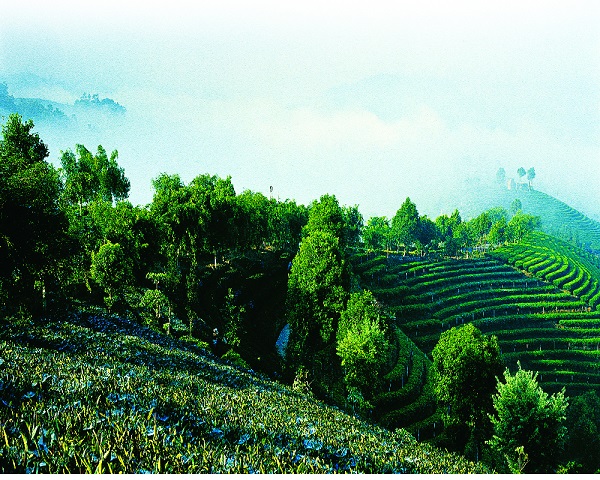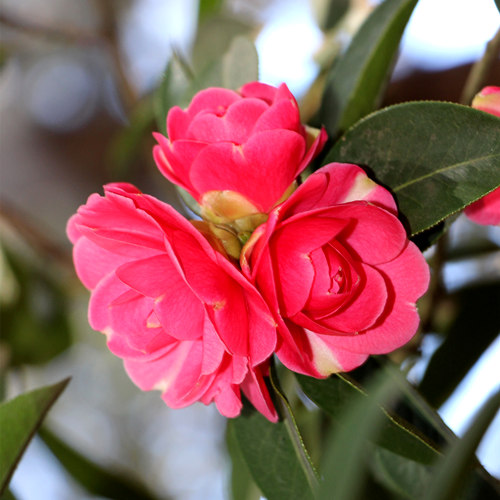
Yezhi – A Forgotten Ancient Town of Thousand Years in Central Region of Three Parallel Rivers
Yezhi Ancient Town – Ancient Tea and Horse Road
It is the sole provincial level historical and cultural town in the region of “Three Parallel Rivers”.
It hides in the canyon of Lancang River, Weixi County. Yezhi Town, a place that has lost in deep of historical indistinctness.
The old road from Weixi to Deqin runs through the entire Yezhi Ancient Town, while the new road steers clear of the old streets so that the sight of the 1980s can be seen on both sides of the old streets in the ancient town.
Actually, Yezhi had been completed in the Tang Dynasty. In A.D. 801, Tubo built Yuji City here to station troops to fight with Nanzhao, but it was too remote to find.
Yezhi rose sharply in the Ming and Qing Dynasties. There was the Family Wang, a legendary family, who was the main organizer and protection power of the trade of “Tea and Horse Road”. Celebrated Wang’s Family was the main transnational Tusi in the joint part of Tibet and Han Nationalities.
Wang’s Family Chieftain office which has been listed as a provincial level cultural relic protection unit has been under large-scale maintenance in which the entrance and some buildings have acquired a completely new outlook. The plaque “Three River Commander Office” hung over the entrance is new-made. In the history, the last Chieftain Wang Jialu was entitled the “Three River Commander”, but he hung the plaque “Guarantee Merit High” put forward by Long Yun rather than such a plaque to express praise to him for his contribution to safeguard the homeland border.
Chieftain Wang’s Office is free from the local architectural style and integrates with architectural styles of the Han, Tibetan and Bai ethnic groups to be a large scale building complex of the so called “three houses and one screen wall” style. The entire building is divided into two sets in south and north. There are bounding walls in the binary courtyard facing the west in the east and watchtowers at the four corners. The building makes a distinction between the important and the lesser one to be courtyards themselves and connects with each other. With very high architectural art value, the doors, windows and partition doors are exquisite workmanship.
After decades of changes and erosion from wind and rain, the one gate, one watchtower and northern quadrangle courtyard as well as auxiliary buildings remained. Relics such as the city wall, gardens, scripture hall and black temples have also left a clear trial.
Achimugua – Dance of the Lisu Ethnic Group
“Achimugua” dance performance cannot be missed in Yezhi Town. As one of the first batch of the national intangible cultural heritages, “Achimugua” is a kind of mass dance originated from Lancang River Basin in Weixi County. In Lisu Language, it means “dance of the goat”. It is said that the source is related to Lisu people’s half agriculture and half livestock husbandry and their preference towards raising goat.
The Lisu compatriots invented “Achimugua” dance by imitating goat’s voices and motions and merging daily life, labour into the dance with their wisdom. Men and women dance and sing by making a circle hand in hand. Their sound of singing is melodious like goat’s bleat and their dance is enthusiastic and powerful.
The original place of “Achimugua” is in Tongle Lisu Da Village, Yezhi Town, Weixi County. The village near the mountain and by the river is well-proportioned with distinct colour contrast. The village is the birthplace of syllabic language of the Lisu ethnic group and the very place of “Achimugua”. It was named the “Primitive Ecological Culture Village of the Lisu ethnic group” and the “National Level Historical Cultural Village” successively and was named “Ecological Cultural Village” by the United Nations Educational Scientific and Cultural Organization.
Tongle Village
“Tongle” is a transliterated word of Lisu Language, which means a “flat ground with pinewood and rivers”. The village is surrounded by mountains and there is beautiful scenery like brocade in the field on the mountain.
Mountain flowers and wild fruits, verdant trees and clear brooks can be seen everywhere. Tongle Village is situated in Hengduan Mountainous Region in which there are numerous high mountains and deep valleys.
It is far away and the traffic was inconvenient in the past so that goods and materials for production and living used to rely on horses. With extremely low usage rate of agricultural machinery, traditional farming means were mostly used. Corn, soybean, wheat, buckwheat, walnut, pepper, Chinese herbal medicine an



